 W
WThe Unification of Germany into the German Empire, a Prussia-dominated state with federal features, was officially proclaimed on 18 January 1871 in the Hall of Mirrors at the Palace of Versailles in France. The new state replaced the German Confederation, a loose association of sovereign states, and the highly decentralized Holy Roman Empire. Princes of the German states, excluding Austria-Hungary and its House of Habsburg-Lorraine, gathered at the ceremony to proclaim William I of Prussia and the House of Hohenzollern as German Emperor, following the French capitulation in the Franco-Prussian War.
 W
WThe Antiqua–Fraktur dispute was a typographical dispute in 19th- and early 20th-century Germany.
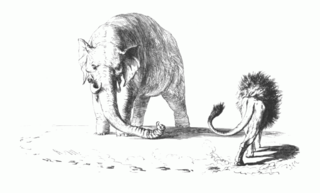 W
WAustria and Prussia were the most powerful principalities in the Holy Roman Empire by the 18th and 19th centuries and had engaged in a struggle for supremacy in Central Europe. Locally known as Deutscher Dualismus, 'German dualism', the rivalry was characterized by major territorial conflicts, economic, cultural and political contention for sovereign leadership among the German-speaking peoples.
 W
WDrang nach Osten is the motto of the 19th century German nationalist movement, that refers to the idea of German territorial expansion towards Eastern Europe into the lands of Slavic nations. In some historical discourse, Drang nach Osten combines historical German settlement in Central and Eastern Europe, medieval military expeditions like those of the Teutonic Knights, and Germanisation policies and warfare of modern German states such as those that reflected Nazism's concept of Lebensraum.
 W
WThe Electorate of Bavaria was an independent hereditary electorate of the Holy Roman Empire from 1623 to 1806, when it was succeeded by the Kingdom of Bavaria.
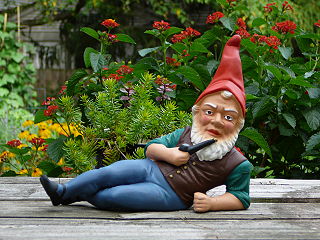 W
WGarden gnomes are lawn ornament figurines of small humanoid creatures known as gnomes. Traditionally, the figurines depict male dwarfs wearing red pointy hats. Typically, gnomes stand between one and two feet. A recent trend has introduced miniature gnomes of only a few inches in height. Originating as a decoration for the wealthy in Europe, garden gnomes are now prevalent in gardens and lawns throughout the western world, among all social classes, and often regarded as kitsch.
 W
WThe German Confederation was an association of 39 predominantly German-speaking sovereign states in Central Europe, created by the Congress of Vienna in 1815 as a replacement of the former Holy Roman Empire, which had been dissolved in 1806.
 W
WThe German Empire or the Imperial State of Germany, also referred to as Imperial Germany or Second Reich, as well as simply Germany, was the period of the German Reich from the unification of Germany in 1871 until the November Revolution in 1918, when the German Reich changed its form of government from a monarchy to a republic.
 W
WGerman immigration to Puerto Rico began in the early part of the 19th century and continued to increase when German businessmen immigrated and established themselves with their families on the island.
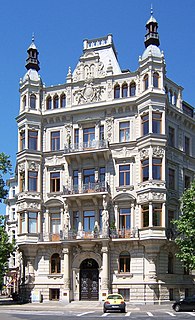 W
WGründerzeit was the economic phase in 19th-century Germany and Austria before the great stock market crash of 1873. At that time in Central Europe, the age of industrialisation was taking place, whose beginnings were found in the 1840s. This period is not precisely dated, but in Austria the March Revolution of 1848 is generally accepted as the beginning of economic changes, in contrast to political reforms. Weimarisierung is another German term describing the years following the first world war. In Germany, as a consequence of the large influx of capital resulting from French war reparations from the Franco-Prussian War of 1870–1871, and the subsequent unification of Germany, there followed an economic boom, giving rise to the description of these years as the "founders' years".
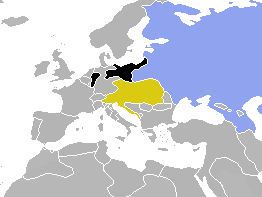 W
WThe Holy Alliance was a coalition linking the monarchist great powers of Austria, Prussia, and Russia. It was created after the final defeat of Napoleon at the behest of Emperor (Tsar) Alexander I of Russia and signed in Paris on 26 September 1815. The alliance aimed to restrain liberalism and secularism in Europe in the wake of the devastating French Revolutionary Wars and the Napoleonic Wars, and it nominally succeeded in this until the Crimean War. Otto von Bismarck managed to reunite the Holy Alliance following the unification of Germany in 1871, but the alliance again faltered by the 1880s over Austrian and Russian conflicts of interest over the dissolution of the Ottoman Empire.
 W
WThe Kingdom of Saxony, lasting from 1806 to 1918, was an independent member of a number of historical confederacies in Napoleonic through post-Napoleonic Germany. The kingdom was formed from the Electorate of Saxony. From 1871 it was part of the German Empire. It became a free state in the era of Weimar Republic in 1918 after the end of World War I and the abdication of King Frederick Augustus III of Saxony. Its capital was the city of Dresden, and its modern successor state is the Free State of Saxony.
 W
WLandflucht refers to the mass migration of peasants into the cities that occurred in Germany in the late 19th century.
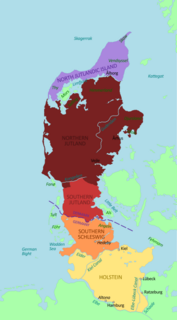 W
WOn 8 May 1852, after the First War of Schleswig, an agreement called the London Protocol was signed. This international treaty was the revision of an earlier protocol, which had been ratified on 2 August 1850, by the major Germanic powers of Austria and Prussia. The second London Protocol was recognised by the five major European powers—Austria, France, Prussia, Russia, and the United Kingdom—as well as by the Baltic Sea powers of Denmark and Sweden.
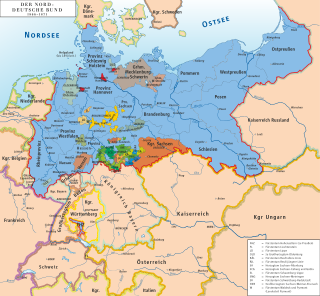 W
WThe Main line refers to the historical and political boundary between North and South Germany. The line delimitates the spheres of influence of Austria and Prussia within the German Confederation during the 19th century. The seat of the German Confederation, Frankfurt am Main, sat upon this line.
 W
WNeo-Lutheranism was a 19th-century revival movement within Lutheranism which began with the Pietist-driven Erweckung, or Awakening, and developed in reaction against theological rationalism and pietism. This movement followed the Old Lutheran movement and focused on a reassertion of the identity of Lutherans as a distinct group within the broader community of Christians, with a renewed focus on the Lutheran Confessions as a key source of Lutheran doctrine. Associated with these changes was a renewed focus on traditional doctrine and liturgy, which paralleled the growth of Anglo-Catholicism in England. It was sometimes even called "German Puseyism". In the Roman Catholic Church in Germany, neo-Lutheranism was paralleled by Johann Adam Möhler. The chief literary organ of the neo-Lutheranism was Evangelische Kirchenzeitung, edited by Ernst Wilhelm Hengstenberg.
 W
WThe North German Confederation was the German federal state which existed from July 1867 to December 1870. Although de jure a confederacy of equal states, the Confederation was de facto controlled and led by the largest and most powerful member, Prussia, which exercised its influence to bring about the formation of the German Empire. Some historians also use the name for the alliance of 22 German states formed on 18 August 1866. In 1870–1871, the south German states of Baden, Hesse-Darmstadt, Württemberg and Bavaria joined the country. On 1 January 1871, the country adopted a new constitution, which was written under the title of a new "German Confederation" but already gave it the name "German Empire" in the preamble and article 11.
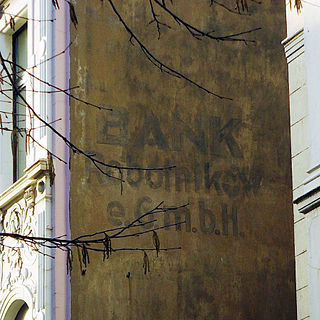 W
WRuhrpolen is a German umbrella term for the West Slavic peoples who migrated to the rapidly industrializing areas of the Ruhr.
 W
WThe Sybel-Ficker controversy is the name given to a dispute in the second half of the 19th century between the historians Heinrich von Sybel (1817–1895) and Julius von Ficker (1826–1902). It involved a discussion concerning relations between Rome and the Holy Roman Empire, which also had an important bearing on the Austria–Prussia rivalry—whether Austria was to be part of a federal Germany, or whether Germany would continue without Austria.
 W
WThe Zollverein, or German Customs Union, was a coalition of German states formed to manage tariffs and economic policies within their territories. Organized by the 1833 Zollverein treaties, it formally started on 1 January 1834. However, its foundations had been in development from 1818 with the creation of a variety of custom unions among the German states. By 1866, the Zollverein included most of the German states. The foundation of the Zollverein was the first instance in history in which independent states consummated a full economic union without the simultaneous creation of a political federation or union.